Mark Your Calendars for Driftless Wonders
By Stephaine & Jonathan Baker, Directors of Regional Promotions
Get ready to embark on an incredible journey into the world of science education! We are thrilled to announce Driftless Wonders - our upcoming spring confer-

From the President
Upon retiring in June, I was struck by the anxiety I felt. It wasn’t just because I packed up 31 years of an identity, but it was also the uncertainty of what lay ahead. With any life change, there is anxiety in the unknown. As I thought about rebuilding my identity, I was reminded that I have been helping students with this transformative process throughout my career. Whether it was helping them transition to a new school or getting them ready for college, recovering from academic setbacks, or supporting them through hard times, I was helping my students navigate change. From my experiences, I found these steps that can help you or your students rebuild their identities.
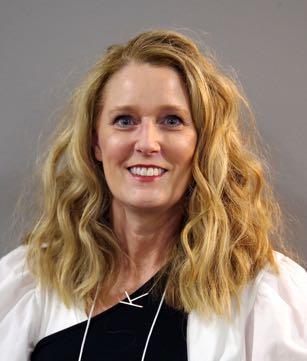
continued on page 4
ence. Mark your calendars for April 1820, as we gather at the La Crosse Conference Center for an event that promises to be both enlightening and enriching. Driftless Wonders is not just a conference, it’s an opportunity to connect, learn, and explore the fascinating realm of science education. Whether you are a sea-
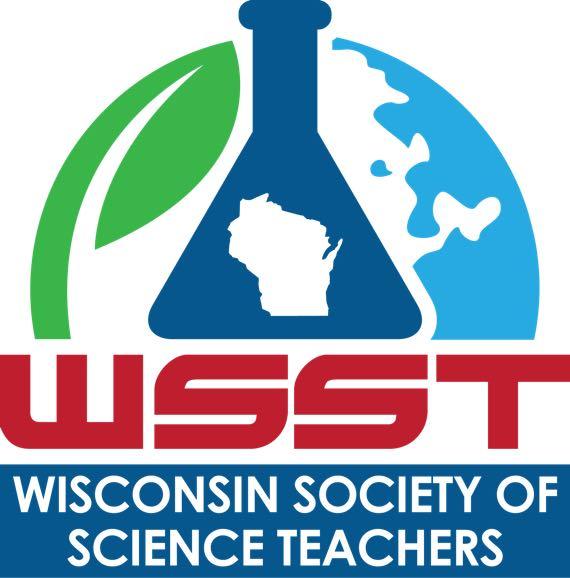
continued on page 4
Page 8-9
Page 17-19 WSST Member Submissions
Page
Page 22-23 NASA’s Night Sky Notes
Fall 2023 Vol. 65, #1 Inside this Issue!
President’s Address & Conference
WSST
Page 1
Info Page 6-7
Awards Information
WSST
Election Info, Nomination Form Page 10-13 WSST News
Page 10 WSST Foundation Grants
Page 14-16 WSST Historian’s Article
20-21 Science News and Opportunities
WSST President, Kristin Michalski
The Wisconsin Society of Science Teachers
Our Mission: Promoting, supporting and improving science education in the state of Wisconsin.
Our Vision: The Wisconsin Society of Science Teachers will carry out its mission of promoting, supporting and improving science education in the state of Wisconsin by providing leadership, advocacy and programs to enhance the teaching and learning of science.
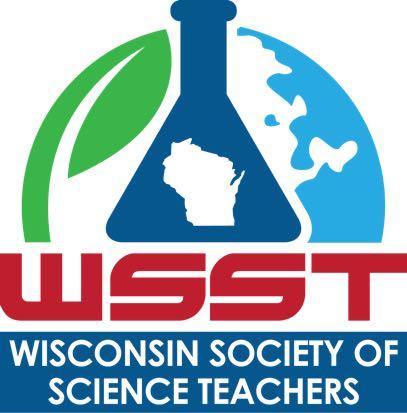

WSST Advertising Rates
Full page ads: $250
Half page ads: $150
Quarter page ads: $75
1” Bottom page banner: $40 Business card: $25
WSST Directory, 2023-2024
Kristin Michalski, President mickri@easttroy.k12.wi.us
Dennis Rohr, President-Elect drohr@seymour.k12.wi.us
Stephanie Baker, Secretary bakeste@wc.k12.wi.us
Kevin Niemi, Chief Financial Officer kjniemi@wisc.edu
Tammy Dymesich, Chief Operating Officer coo@wsst.org
Erik Duhn, District 1 (CESA 11 & 12) e00drik@gmail.com
Thomas Davies, District 2 (CESA 9 & 10) tdavies@dce.k12.wi.us
Jayne Ryczkowski, Dist 3 (CESA 7 & 8) drohr@seymour.k12.wi.us
Jonathan Baker, District 4 (CESA 3 & 4) bakejon@wc.k12.wi.us
Sara Krauskopf, District 5 (CESA 2 & 5) district5@wsst.org
Teri Dillenberg, District 6 (CESA 6) teridillenberg@hasd.org
Stacey Strandberg, District 7 (CESA 1) strandbergs@dsha.k12.wi.us
10% discount on two or more of identical ad in current volume
Advertising must be submitted to editor in camera-ready form or electronically, with check or money order (payable to WSST)
Page 2 Fall WSST Newsletter
WSST Committees
Awards/Recognition
Miranda Dahlke (co-chair) Laura Ramthun (co-chair)
Tom Davies Nancy Smith Stephanie Bartels
Michelle Howe Jennifer Bault Karen Messmer
Sue Whitsett
Document Review
Terry Schwaller (chair)
Dave Bergerson Sue Whitsett Darsha Olsen
Elementary Education
Marcia Gardner (co-chair) Shelly Petzold (co-chair)
Melissa Wimmler Teri Dillenberg Leah Alburt
Equity and Access
Kevin Anderson (co-chair) Sara Krauskopf (co-chair)
Kelly Steiner Amy Zientek Dennis Rohr
Zach Pratt Kristin Michalski Lalitha Murali
Karen DeShong Karyl Rosenberg
Finance
Kevin Niemi (chair) Matt Lindsey Terry Schwaller
Foundation
Brian Bartel (President)
Denise McCulley (1st Vice-President)
Carol Ochsner (2nd Vice-President)
Dale Basler (3rd Vice-President)
Tracy Swedlund (Treasurer) Ray Scolavino (Secretary)
Higher Education
Joel Donna (chair)
Mike Beeth
Membership
Michelle Griffin-Wenzel (chair)
Ray Scolavino Tracy Swedlund Deanna McClung
Matt Lindsey
Nominations and Elections
Kathy Biernat (chair)
Mary Ellen Kanthack Zach Pratt Dan Nelson
Professional Development
Chad Janowski (chair)
Kevin Anderson Shelley Petzold Deana Johnson
Stacey Strandberg Jamie Groark Sonja Gasper
Andrea Christianson Tom Davies
Publications
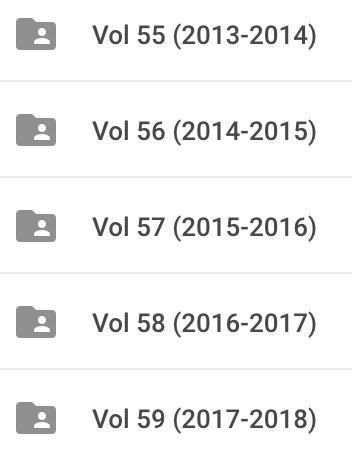
Brian Bartel (co-chair) - Newsletter Editor
Julie Fitzpatrick (co-chair) - Website

Sarah Adumat - Newsletter Copy Editor
Karyl Rosenberg - Historian
Tracy Swedlund Dan Nelson Dale Basler
Strategic Planning
Matt Lindsey Ray Scolavino Kevin Niemi
Kristin Michalski
WESTA
Shannon Previte (chair)
Dennis Rohr Margaret Guderyon Ben Sanderfoot
Beth Allcox Ken Budill Chad Wilkinson
WSELA
Kevin Niemi (co-chair) Kevin Anderson (co-chair)
WSST Conference Chairs
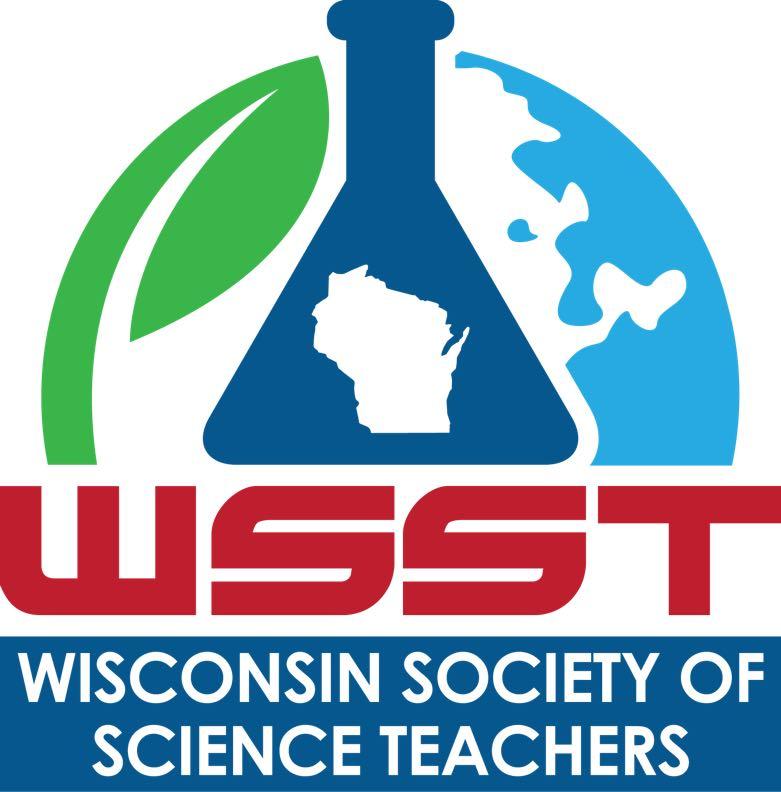
Marcia Gardner and Tim Sprain, LaCrosse 2024
WSST Conference Director WSST Vendor Coordinator
Ray Scolavino Rodney Dymesich
Fall WSST Newsletter Page 3 SHARE YOUR THOUGHTS. To submit a letter to the WSST Newsletter, send your thoughts via e-mail to newsletter@wsst.org Content may be edited for length, clarity and appropriateness.
Newsletter Archive Visit www.wsst.org/newsletter to download past issues of the WSST newsletter. All newsletters are in Adobe PDF format.
WSST
soned educator or just starting your teaching journey, this conference has something exceptional in store for you.
Networking Extravaganza
One of the highlights of Driftless Wonders is the chance to network with fellow science teachers from across the state. In the everevolving landscape of science education, collaboration is key. Share your experiences, gain insights, and build lasting professional relationships that will enhance your teaching career.
Conference continued from page 1 Are you working with a science series that has got you excited about teaching? Perhaps you have demonstrations or labs that worked exceptionally well? We need all areas of science education represented – elementary, middle, and high school. Don’t be shy! You are all amazing educators, and we NEED YOU! If you have something valuable to share with your fellow science teachers, we encourage you to step forward and be a presenter at Driftless Wonders. Your insights and experiences can spark innovation in our classrooms and inspire our students to become the scientists of tomorrow.
Tailored to Your Needs
We understand that teaching is as diverse as the subject matter we cover. That’s why Driftless Wonders offers a wide range of sessions, geared toward specific grade levels and subject bands. Whether you teach elementary, middle, or high school, you’ll find sessions that cater to your unique needs. Explore innovative teaching techniques, discover the latest in science curriculum, and get inspired by what you learn from your peers.
Unforgettable Field Trips
One of the most exciting aspects of Driftless Wonders is the opportunity to embark on incredible field trips. This year, we have some extraordinary experiences in store, including a visit to a site normally inaccessible to the public. It’s a chance to bring science to life in a way that is both memorable and impactful. These opportunities for experiential learning will leave you with a treasure trove of ideas to share with your students.
Seeking Presenters!
But wait, there’s more! Driftless Wonders is also seeking presenters. Do you have a great lesson or unit that you can share with others?
Stay Tuned for More
As we prepare for this unforgettable event, keep an eye on your inbox and the WSST website for updates on speakers, session details, and registration information. Early registration is highly recommended, as this conference is expected to be a sell-out event.
Driftless Wonders promises to be an incredible opportunity for all of us to come together, to learn from one another, and reignite our passion for science education. We can’t wait to see you at the La Crosse Conference Center from April 18-20.
Let’s make this conference a celebration of the wonders of science education. Together, we’ll inspire the next generation of scientists, explorers, and innovators.
President continued from page 1
Self-reflection: Take time to reflect on your personal values, interests, and goals. Consider the aspects of your identity that are important to you. What do you want to achieve professionally? What subjects or activities spark your passion? Understanding yourself better will lay the foundation for rebuilding your identity.
Embrace change: Recognize that rebuilding your identity involves embracing change. Be
Page 4 Fall WSST Newsletter
President continued from page 1 open to new experiences, ideas, and perspectives. Accept that change can be challenging but also offers opportunities for growth and self-discovery.

Set goals: Establish clear and realistic goals for yourself. These goals can be academic, extracurricular, or personal in nature. They will provide direction and motivation as you rebuild your identity. Break down large goals into smaller, manageable steps to make progress more achievable.
Explore new interests: Engage in a variety of activities and explore different subjects or areas of study. This exploration can help you discover new passions, talents, or strengths. Join clubs, participate in community events, or take elective courses that align with your interests. The more you explore, the more opportunities you’ll have to shape your identity.
Seek support: Don’t be afraid to reach out for support from friends, family, teachers, or mentors. They can offer guidance, advice, and encouragement as you rebuild your identity. Connect with like-minded individuals who share your interests or goals. Surrounding yourself with a supportive network can provide valuable insights and help you stay motivated.
Learn from setbacks: Understand that setbacks are a natural part of the learning process. If you encounter challenges or face failures, view them as opportunities for growth rather than defining moments. Learn from your mistakes, adapt your approach, and develop resilience. This mindset will contribute to the reconstruction of your identity.
Redefine success: Take time to redefine what success means to you. It’s essential to
focus on your own personal growth and progress rather than compare yourself to others. Celebrate small victories along the way and acknowledge your efforts. This positive mindset will support your journey of rebuilding your identity.
Embrace your uniqueness: Remember that your identity is unique to you. Embrace your individuality, strengths, and weaknesses. Recognize that it’s okay to have evolving interests and goals. Embracing your uniqueness will help you build an authentic identity that reflects your true self.
In the pursuit to redefine my identity, I plan to focus on embracing change, explore new interests, and seek support. First, moving from classroom teacher to college instructor. I will be teaching at a local college and supervising pre-service teachers. For fun, I will work as a personal stylist at a clothing store. Finally, I will pick up my chalk pastels and work on creating more pet portraits and exploring other media art. But first and foremost, I will seek out family, friends, and the WSST community for support on my journey. Rebuilding your identity is a personal and ongoing process. It takes time, selfreflection, and a willingness to explore and adapt. Embrace the journey and enjoy the growth that comes with it.
Fall WSST Newsletter Page 5
WSST Awards & Recognition
It is the purpose of the WSST Awards and Recognition Committee to recognize outstanding achievement in the field of science education in the state of Wisconsin.
To nominate someone for an award, visit www.wsst.org and click on “Awards” to submit your nominations online. You may nominate as many qualified individuals as you like! When a nomination form is received, the person nominated will be mailed an application packet to complete and return.
Remember, our professional celebration depends on your involvement, so go to www.wsst.org, navigate to “Awards” and start nominating now!
Excellence in Science Teaching Award
The purpose of this award is to foster excellence in science instruction and to recognize that excellence. The award is given annually to persons who have made outstanding contributions to the improvement of science education in Wisconsin. This would include elementary, secondary or college teachers, and any other active supporters of science education. The award consists of a plaque presented at the WSST spring convention, and a one-year membership in WSST.
Ron Gibbs Award for Excellence in Science Education
This is the WSST’s most prestigious award. This award may be given annually to honor a person who has made outstanding contributions in science education over a long and distinguished career in Wisconsin. Those eligible would include elementary, secondary, or college teachers and any other active supporter of science education. The award is a plaque presented at the WSST spring convention, and a lifetime membership to WSST.
Friend of Science Education Award
The intent of this award is to recognize outstanding contributions to the support of teachers by individuals, groups, corporations, founda-
tions, etc., outside the science education community. This plaque award is presented at the WSST spring convention.
Frank Zuerner New Science Teacher Scholarship
This scholarship goes to an elementary, middle or high school science teacher who is in the first 5 years of service (preference given to first 3 years), and has been recommended as outstanding by at least one other science teacher who has direct knowledge of the applicant. An administrator, with credible knowledge of the nominee could also make a recommendation. The purpose of the scholarship is to encourage a new-to-theprofession science teacher who demonstrates potential for teaching and leadership to become involved in and network with others in WSST. The teacher must be a certified elementary or science teacher with the majority of their assignment in that position and must be recognized as having extraordinary potential for working with and serving students. The recipient should be able to attend the WSST Conference for which this grant is provided, attend two days of sessions and the Milton O. Pella banquet. The awardee will receive registration for the Conference, one day of substitute teacher pay, one night of accommodations at the convention hotel, a complimentary meal ticket to the Pella Banquet, and one year's membership in WSST.
Administrator Award
This award was designed to acknowledge the superior K-12 Principals, Vice Principals, Curriculum directors and District Superintendents who promote, showcase and support science education. Nominators should choose a candidate who understands the unique nature of science education, and goes above and beyond the call of duty to offer teachers of science the creativity, time, and resources to develop a dynamic science classroom. They should be strongly involved in the development of curriculum, in supporting and engaging in teacher instruction, and advocating for professional development and engagement.
Page 6 Fall WSST Newsletter
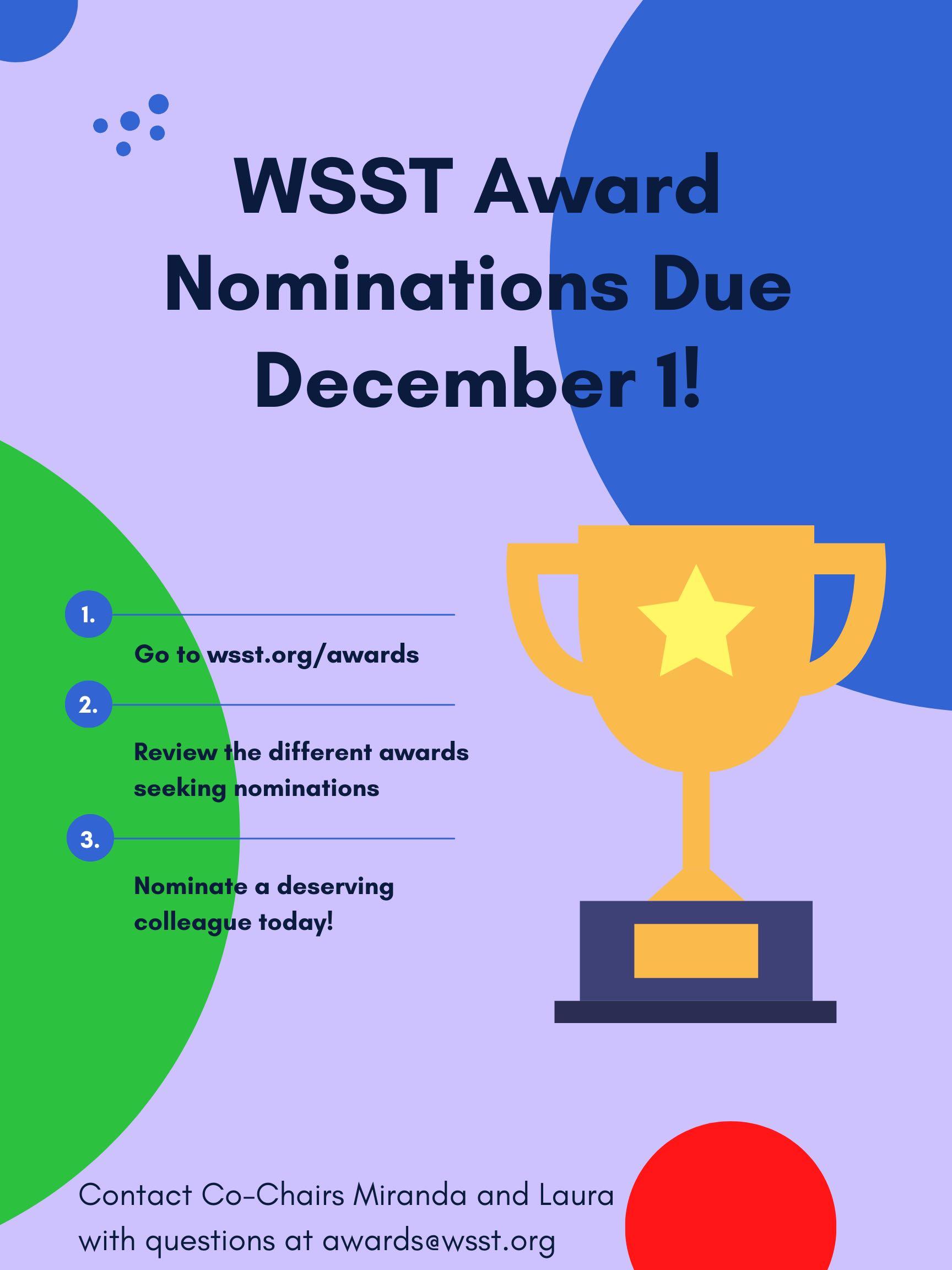
Page 8 Fall WSST Newsletter
WSST Voting District I......................CESA 11 & 12 WSST Voting District II.....................CESA 9 & 10 WSST Voting District III....................CESA 7 & 8 WSST Voting District IV....................CESA 3 & 4 WSST Voting District V.....................CESA 2 & 5 WSST Voting District VI...................CESA 6 WSST Voting District VII..................CESA 1 Don’t know your CESA? Find out here: https://apps6.dpi.wi.gov/SchDirPublic/home
WSST VOTING DISTRICTS AND CESA CORRESPONDENCES
!""#$%&&'()*$+$,-.*/$0-1'2.3'-2$4-*1$
!"#$%&''&()$(*$+,,!$&'$-($./(%(-#0$'1..(/-$2)3$&%./(4#$'5&#)5#$#3152-&()$&)$-"#$'-2-#$(*$+&'5()'&)6$!"&'$-27#'$ 52.289#$2)3$7)(:9#3;#289#$9#23#/'"&.6$+,,!$"2'$;/(:)$&)-($2$92/;#$2)3$&)*91#)-&29$;/(1.0$:"&5"$&'$2$:()3#/*19$ -"&);$*(/$,5&#)5#$<3152-&()0$81-$2)$(/;2)&=2-&()$(*$-"&'$'&=#$"2'$5"299#);#'6$>)#$5"299#);#$&'$&3#)-&*?&);$9#23#/'"&.6$ @($()#$.#/'()$52)$7)(:$-"#$A129&-&#'$2)3$28&9&-&#'$(*$BCCCD$%#%8#/'0$81-$#25"$()#$(*$1'$7)(:'$5(99#2;1#'$:"($ :(193$%27#$;((3$(**&5#/'6$@($()#$7)(:'$(1/$%#%8#/'$2'$?(1$7)(:$-"#%6$!"#$""%#&'(#-($)(%&)2-#$-"('#$:"($ '"(193$8#$5()'&3#/#3$*(/$(**&5#6$<25"$.#/'()$?(1$)(%&)2-#$:&99$8#$'#)-$2..9&52-&()$%2-#/&29'6$E'$2$./(*#''&()29$ 5(1/-#'?0$:#$2'7$-"2-$?(1$9#-$-"#$.#/'()$:"(%$?(1$)(%&)2-#3$7)(:$-"#?$2/#$8#&);$5()'&3#/#3$F2)3$2)$ #)5(1/2;&);$:(/3$5(193)G-$"1/-HI6$!"2)7$?(1$*(/$52/&);$#)(1;"$28(1-$+,,!$-($-27#$-"#$-&%#$-($3($&-$)(:6$ ,(%#-&%#'$&-$()9?$-27#'$8#&);$2'7#36$
+#$2'7$?(1$-($.2''$29();$-"2-$&)*(/%2-&()$-($-"#$@(%&)2-&()'$2)3$<9#5-&()'$J(%%&--##$8?$-27&);$-"#$-&%#$-($'#)3$ &)$2-$9#2'-$()#$>**&5#/$@(%&)2-&()$K(/%$F%27#$5(.&#'$2'$)##3#3I6$)*"+,"#-.$,/%"0#1.20,"*34#
56/,#-.7/$8#1"+09 :;<;=> ?"#?/**#"*"-@#%/0"-@.0,#3.0#A/,@0/-@,#B9 C9#+$%##D#+,#?"**#+,#E"-0"@+01F
E'$2$/#%&)3#/0$-"#$-#/%$(*$L&'-/&5-$L&/#5-(/$&'$-"/##$?#2/'0$2)3$-"#$,#5/#-2/?$&'$2$-:(M?#2/$.#/&(36$E99$#9#5-#3$8(2/3$ %#%8#/'$:&99$)##3$-($2--#)3$-"#$'1%%#/$8(2/3$%##-&);$FN1)#$OP$M$OQ0$OCOPI0$-"#$@(4#%8#/$OCOP$8(2/3$%##-&);$ F32-#$-($8#$3#-#/%&)#3I0$$2$'"(/-$%##-&);$2-$-"#$#)3$(*$-"#$2))129$5()*#/#)5#$2)3$%()-"9?$4&/-129$8(2/3$5"2-'6$
56+$G#1.2$*(/$-27&);$-"#$-&%#$-($&%./(4#$+,,!$8?$)(%&)2-&);$2$5(99#2;1#6$R-$&'$()9?$-"/(1;"$?(1/$#**(/-'$-"2-$:#$ 52)$(**#/$-"#$8#'-$.(''&89#$'92-#$*(/$#9#5-&()'6$
!"#$%&'%!&#()$$%***********************************************************************
+,,-$..%&'%!&#()$$%*********************************************************************
/#"(0%+,,-$..%&'%!&#()$$%***************************************************************
12&)$%!3#4$-%&'%!&#()$$%***************************************************************
!"#$%&'%!&#()"5&-%*********************************************************************
+,,-$..%&'%!&#()"5&-%*******************************************************************
/#"(0%+,,-$..%&'%!&#()"5&-%**************************************************************
12&)$%!3#4$-%&'%!&#()"5&-%**************************************************************
6(7)"53-$%&'%!&#()"5&-%******************************************************************
6$ !"#$%#&'()*"#&+,#!"#$%"&$'('''''''!"#$%"&$')''''''''!"#$%"&$'*''''''+,&%,$-%.
/0123 456 777 188 259:21/:52+'96+/ ;<'+6;9://<!';4 =->?-%. @AB CDCE
,*-'%&+*. )*'()$+(*)%/0%%+1*-2 *-&$33#%%&+4#&,*-' 5(-#3+"6&$+ 00010%%+1*-27)*'()$+(*)%89
!"#$%#&#'$("&)*'()$+(*)
WSST Foundation to Fund Thousands in Grants
by Brian Bartel, WSST Foundation President
Do you have a project in mind that requires more money than is in your budget? Do you need help with costs for education, conference attendance or a field trip? WSST offers members five grant opportunities that can be applied for online now at www.wsst.org
The Founder’s Grant ($1000) can be used for expenses related to professional development. This could include coursework or attendance at conferences etc. The Pella Grant ($1000) can be used to improve the classroom experience for students. The Byerly Grant ($500) can be used for improving the classroom experience for students, and the Foundation STEM Grant ($1,000) can be used to improve STEM learning.
Please see the WSST webpage for more information about the grants and the application process. The deadline is December 1st at midnight. Take the time to apply now!
Milton Pella Grant:
Minimum of five grants up to $1000 each. Defer costs of attending conferences, pay for technology, start an after school program or implement that awesome curriculum idea you always wanted to pursue.
Byerly Grant:
The grant, in the amount of $500.00 is to be used to improve the science classroom
experience for students. Any WSST member is eligible for this grant, however the following order of preference is used to award the grant: teacher or school is north of Highway 8, Science World or Science Futures staff member, Science World or Science Futures teacher participant, or any WSST member with a worthy project.
Founders Grant:
Maximum of $1,000. Grant proposal may include graduate work, PDP, or other professional development.
Foundation Stem Grant
These grants, up to $1,000 each, are to be used to improve STEM (science, technology, engineering or maths) learning for science students through the purchase of innovative technology hardware or other STEM equipment tied to a specific project or curricular topic. Any WSST member is eligible for this grant. Up to three grants will be awarded, ideally to an elementary project, a middle school project and a high school project. Proposals need to be tied to a specific project or curricular topic.
Page 10 Fall WSST Newsletter WSST NEWS
Apply today online! www.wsst.org/grants Foundation Grant applications are due December 1, 2023
Back to School Grant Awards
The WSST Foundation is proud to announce the following winners of the 2023 Back to School Grants. These special grants fund $200 ideas for a project that our members would like to start at the start of the school year.
Coral Reef Conservation
Jamie Lauer
Hartford Union High School
Chicken Development
Bryce Befort
D.C. Everest Area School District
Fossil Finds
Sarah Ludwig
Woodworth Middle School, Fond du Lac
The Importance of Recycling
Walaa Awad
Madinah Academy of Madison
What gets in our water?
Aaron Burg, Badger High School
Lake Geneva-Genoa City UHS
Experiential Learning through Viewing the Great Solar Eclipse
Sara Hook and Michelle Howe
Lodi Middle School
Photo Printer for Science Classroom
Julie Lundeen, Cashton High School
Farm 2 Table Science
Susan Jurries, AV-W School
Physics Project Learning
Terrence Neumann
New Richmond High School
Eclipse It!
Michelle Young
Glen Hills Middle School
Glendale-River Hill School District
We NEED YOU!

WSST promotes, supports and improves science education. How do we do it? With a team of dedicated members! Nominate yourself or others to become leaders in YOUR organization.
For more information, see the article in this Newsletter or contact nominations@wsst.org or visit www.wsst.org/nominations-1 to access the nomination form.
Nominations are due January 19, 2024
This year we will elect directors for Districts 5, 6, and 7 as well as Secretary.
Fall WSST Newsletter Page 11
Summer Board Meeting Highlights
By Sara Krauskopf, District 5
The WSST Board held its summer meeting at the beautiful Prairie Springs Environmental Center near Delafield in June. Here are some highlights (full board minutes are here)!
1. This year WSST is revising its strategic plan, so we spent considerable time discussing revisions to our mission, vision and goals for the next few years. We came up with 3 main areas of focus: Marketing in new ways to increase
• membership and understanding of the value of WSST
• fessional development offerings; Organizational growth including
Building on the success of WSST pro-
• recruitment to serve with the organization and financial sustainability. The strategic plan committee will refine the notes from these discussions and more formal statements will be shared with the board and membership in the future.
2. We discussed WINGS, a professional development offering in the summer, sponsored by WSST. 32 participants were signed up to attend in July at Lowenwood (the Conserve School campus) in Land O’ Lakes. This opportunity will continue in future years.
3. We discussed many opportunities to get involved with WSST. Check out the following:
• position, along with others, will be open soon. The Director position rep-
Run for office! The District 5 Director
resents science educators in their district at monthly virtual board meetings, and at three in-person meetings each year (with virtual options available). This is a fantastic leadership opportunity where you can help to promote, improve and support science education in the state.
Are you social media savvy? A lot of
• our strategic plan discussion focused on ways to reach our membership through evolving social media platforms. There are opportunities to help with conferences, “newsletters” in a new format, membership and marketing of the organization. Join a committee and please help us with your expertise!
We are looking for someone to chair
• the 2026 WSST conference in Appleton! Contact Ray Scolavino if you are interested. Invite a colleague to join WSST or
• come to the next conference! Word of mouth is one of our best recruitment tools. Administrators too! Next conference is April 18-24, 2024 in LaCrosse!
Participate in a yearlong project to
• compile high quality phenomena and data sets relevant to Wisconsin students. District 5 is spearheading this initiative to modify existing national storylines to include material more relevant to WI students, but all members are welcome if you are willing to commit to work with us throughout the year. Contact Sara Krauskopf, District 5 Director to get involved. district5@wsst.org
Page 12 Fall WSST Newsletter
Where was WSST this Summer?
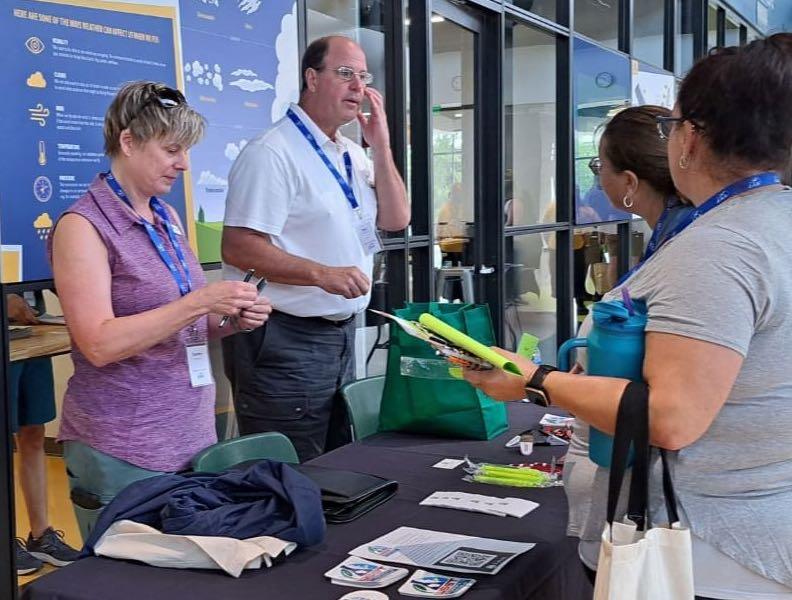
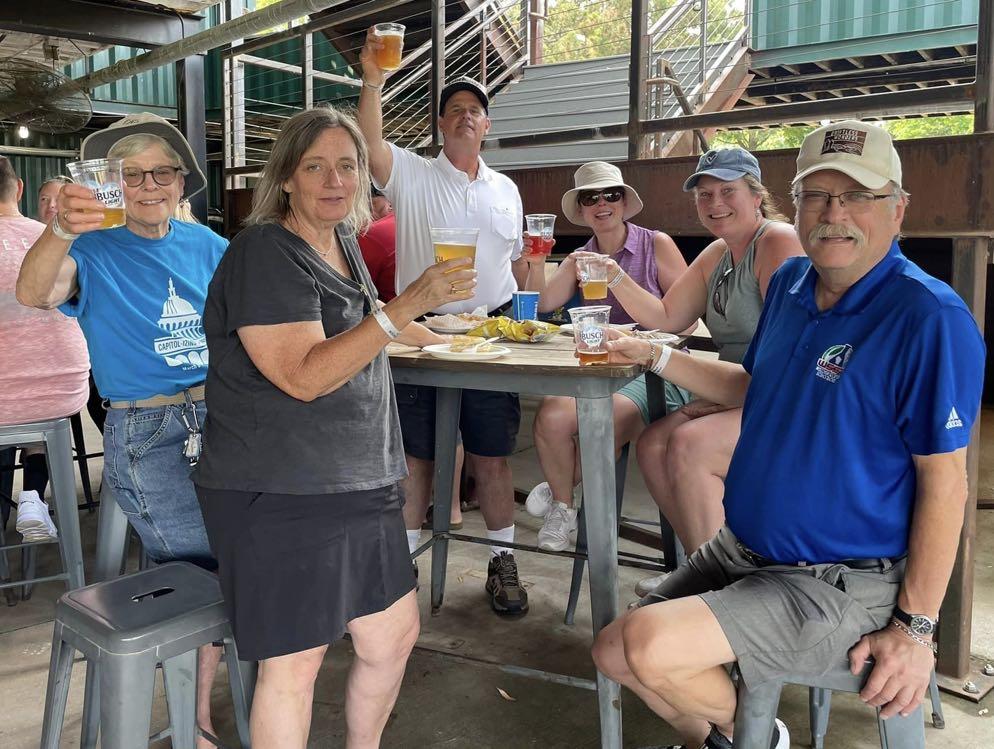
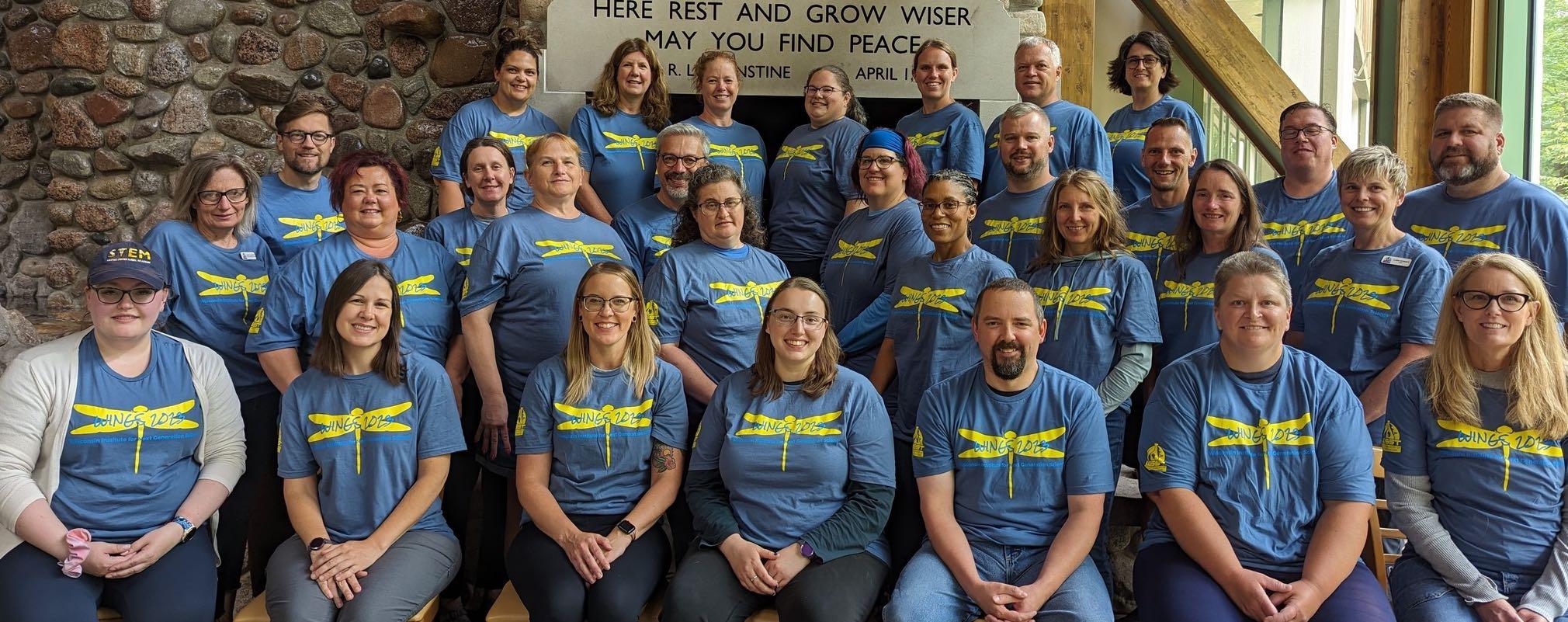
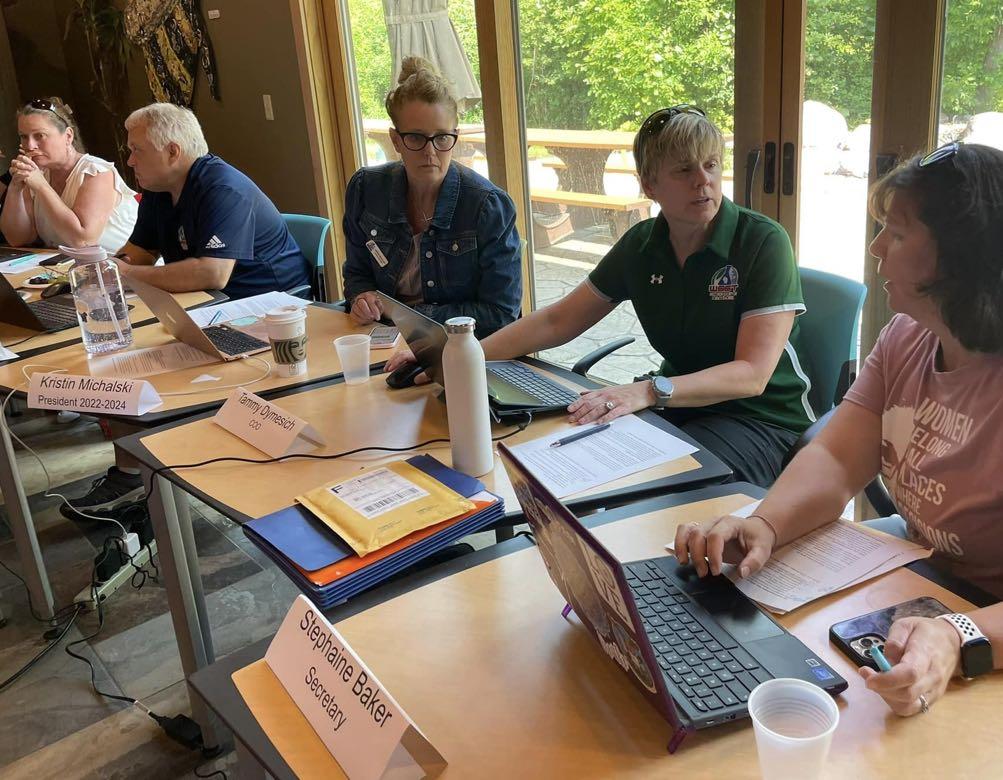
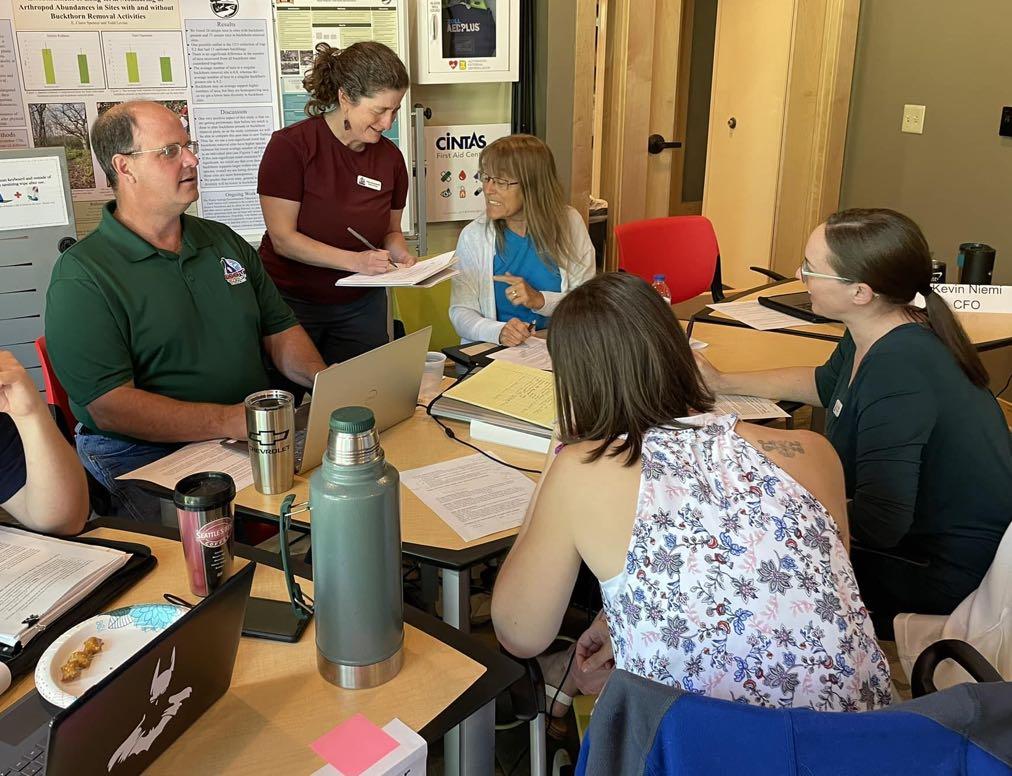
Fall WSST Newsletter Page 13
Wings Professional Development at Lowenwood in Land O’Lakes, WI
WSST Baseball at the Madison Mallards vs. Chinooks
Tammy and Rod Dymesich with WSST Booth at EAA Teacher Day
WSST Summer Board Meeting, Prairie Springs Environmental Center
WSST and Professional Development in Wisconsin: a Story of Changing Relationships
By Karyl Rosenberg, WSST Historian
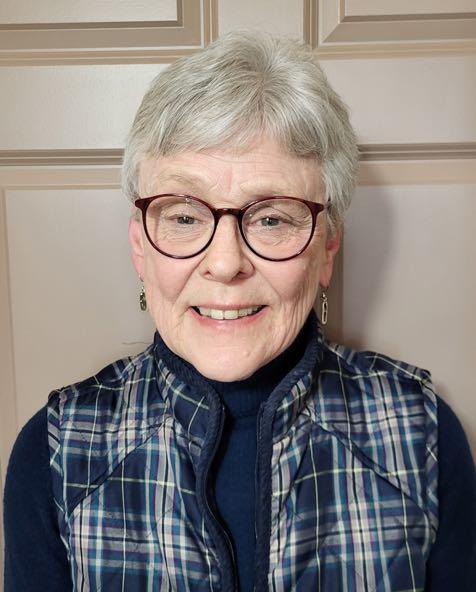
In July 2023, I had the pleasure of visiting the WINGS program at Lowenwood in Land ‘o Lakes. Even being there for just a few hours reminded me of the wonderful WSST professional development connections I have made over my career. The enthusiasm shown by the presenters and participants was the same as I had experienced in programs like Science World, ESRA and WASDI. It got me to thinking: what is the story of such programs supporting Wisconsin science educators over our history? This is the theme I plan to follow during the next few newsletter issues. I decided to start with the original story of Science World. In addition to summarizing the information from past newsletters, I’ve also included a few clippings.
Switch your mind back to 1983 if you are old enough! An infamous report had just been released. Called “A Nation at Risk,” it detailed how the United States is falling behind other countries in educating our youth. The fall issue of the 19821983 WSST Newsletter showed a graphic that showcased a shortage of science teachers (especially physics teachers) as the average age of people in the profession had moved past the age of 40. In that
same issue, there is also discussion of the establishment of a program within the Wisconsin Academy of Sciences, Arts and Letters (hereafter WASAL) called CASE (the Center for Advancement of Science Education). This program was spearheaded by LeRoy Lee (a former WSST president who had become Executive Director of WASAL) and a number of other people from the UW system and DPI. Its goals were to provide opportunities for science educators to improve their knowledge of content and methods in a variety of areas. This turns out to be quite important.
Fast forward a few months to the Spring 1983 Newsletter, where we learn about an intensive program for 8th grade graduates called “Science World” that is being dis-

Page 14 Fall WSST Newsletter
WSST Newsletter, Vol 26, No 1. Oct 1984, p 4.
cussed by CASE in partnership with DPI and WSST leaders. “If funding is approved”, DPI Superintendent Herb Grover will announce it within “a few weeks”. Of course, funding is approved, and a pilot program starts with 40 students and a number of staff made up of outstanding junior high/middle school teachers at the Pigeon Lake Field Station. Generally, the pilot is a success, and the program is recommended for continuation.
By 1984, Steve Sandstrom, the program director is hired through DPI. Science World expands to include 360 students from around the state with a staff of 18 lead teachers in the student program. A staff development program for 120 junior high/middle school teachers is established with a variety of facilitators from higher ed and the science research and administration community. Considered unique and successful, this professional development experience is a one-of a kind statebased program. Sandstrom presents at 1985 WSST conference, and applications go out statewide for both student and teacher programs. On a personal note, I apply and am accepted. This turns out to be a career changing experience for me!
At the 1986 conference, those of us who were part of the teacher program presented activities we were inspired to produce because of our participation in Science World. For many of us, this is the first time we present at a WSST Conference (called conventions before 2007). Science World, with both student and teacher components, continues in the summer of 1986. However, Steve Sandstrom
announces that he is resigning as director at the end of 1986.
In 1987, Science World has a DPI based program coordinator (Anne Conzemius). Don Byerly (as student program lead teacher) and Al Hovey (a former WSST president) share the on-site leadership role. As I had moved into a middle school position for 1987-1988, I participated again as I sought out help from Science World to navigate this new role. This time however, participants were required to share more than a presentation at the annual convention. We were asked to create a staff development program that would help local teachers as well as have the potential to help other schools. My “Environmental Infusion” program was shared with my fellow staff members, and I was invited to the Auburndale District to do the same thing!
Science World plans are in place for the summer of 1989, but the first sign of funding struggles raises its troublesome head. Federal science education funds are no longer considered discretionary for use by the Superintendent of Public Instruction; legislative approval is now needed. WSST members are encouraged to contact legislators, and a groundswell of support from Science World students and teachers follows. Through this advocacy, a group of legislators is able to see the value of Science World, and the program is once again saved for the budget 1990-1992 biennium.
In 1991, Don Byerly is named Science World director with rotating assistants from WSST leadership. However, Don would retire from the directorship due
Fall WSST Newsletter Page 15
primarily to complications from Lyme Disease in 1994. The program continues for five more years with state funding and rotating leadership from WSST and program coordination from DPI.
By 1999, it becomes clear that the legislature is losing interest in the Science World program and it is once again cut from the budget proposal. WSST leadership sets up a committee to save Science World, which sent a letter from the organ-

ization to all legislators. A lobbying effort was also started. However, this time, the program was not put back in the budget.
In 2000, the committee for Science World continues to work to revive the program for 2001. Questions arise about the longevity of CASE, and WASAL gets new leadership. An organized effort to let the legislature know the benefits of the program is coordinated by the WSST committee with many Science World alumni of both programs testifying before the Assembly Education Committee. The reception seemed positive, and WSST members were encouraged to contact their legislators.
Unfortunately, this was the last mention of Science World in the WSST newsletter archive. If anyone knows the specifics of the end of Science World, please let your Historian know. However, there is positive news to come as we investigate the other steps of WSST involvement in professional development across the later years of the last century and into the present one. Stay tuned!

Page 16 Fall WSST Newsletter
WSST Newsletter, Vol 30, No 5. May 1989, p 2. WSST Newsletter, Vol 41, No 4. April 2000. p 4.
A CURE to improve diversity, equity, and inclusion in STEM
 By Zach Pratt, Janesville Parker High School
By Zach Pratt, Janesville Parker High School
I loved the pure joy of making new discoveries when I was working independently in a laboratory as an undergraduate and in graduate school. There were also many instances when experiments failed or the results didn’t support my hypothesis, but each of those moments provided experiences for learning, growing, and developing perseverance. Too often, students in laboratory courses are insulated from the highs and lows of discovery. Typical lab activities ask students to complete experiments that provide evidence of scientific “truths”; sometimes they repeat the experiment with a manipulated variable in order to explore cause-andeffect relationships. However, these experiments are not authentic because they have tried-and-true procedures yielding presumed results. Authentic experiments position students clearly as scientists by providing opportunities for success, failure, repetition, extension, and choice.
In the book, Talking About Leaving
Revisited, Elaine Seymour and colleagues identified that underrepresented minorities (URMs) left STEM majors at a higher frequency than the general population because of teaching methods and inadequate preparation in high school. However, for students that passed their introductory courses, URMs completed majors in STEM more often than the general population. What this suggests is that introductory courses are bottlenecks that
discourage URMs from pursuing degrees in STEM; those who endure these courses are more likely to persist through their degree.
What can we do to prepare all our students better—regardless of race, ethnicity, gender, and socioeconomic status—to pursue and persist in science?
We could encourage students to find undergraduate programs that will support their persistence. Colleges and universities that offer course-based undergraduate research experiences (CUREs) engage students in research within introductory science courses. Hallmarks of CUREs include projects that are accessible to a variety of skill levels and cost-effective, and projects that allow for student ownership, authentic discovery, and opportunities to connect the research to cultural and life experiences. Tiny Earth and SEA-PHAGES are two CUREs that intend to increase diversity, equity, and inclusion within STEM, while researching the antibiotic resistance crisis. Both programs have records of increasing persistence, developing student self-confi-
Fall WSST Newsletter Page 17
dence, and building science identity. Numerous colleges and universities in Wisconsin offer Tiny Earth in their introductory courses.
research path while experiencing the scientific process, and opportunities to present their work. Furthermore, both experiences allow students to contribute to important research that can directly impact human health, a particular motivator for URMs in science. There are many important scientific questions that our students can participate in answering. The challenge is finding questions that we as teachers have the capacity to help them answer, or putting our students into contact with people who can, such as university mentors.
A second solution is to incorporate the principles of CUREs into K-12 education. With the shift in curricula to align with the Next Generation Science Standards, laboratory activities should be driven by students’ interests and designs.

Option three is to develop after-school or summer research opportunities modeled on CUREs. For example, Green Bay West High School has collaborated with UW-Green Bay to offer Tiny Earth to a cohort of students yearly; participating high schoolers present their research at a symposium alongside college students. Similarly, students in the Janesville Research Institute (JRI) perform research during the summer and after school to isolate and identify bacteriophages that render bacteria sensitive to antibiotics. These experiences offer students mentoring, opportunities to explore scientific research as a career, safe environments that promote their growth from successes and failures, freedom to construct their
I return to the question posed earlier: what can we do to better prepare ALL of our students to pursue and persist in science? My answer was to start the Janesville Research Institute. If you find that your answer is the same, then my advice is to start small, define the size of the sandbox in which you will allow your students to play, and find supportive collaborators who can help you in the process.
Post-script: If you have any questions about the JRI or starting your own CURE, please contact Zach at zachary.pratt@janesville.k12.wi.us
Links:
•
•
Tiny Earth: https://tinyearth.wisc.edu/
SEA-PHAGES: https://seaphages.org/
• Green Bay West High School:
UW-Green Bay’s collaboration with
•
https://www.uwgb.edu/tiny-earth/ Janesville Research Institute:
https://sites.google.com/janesville.k12. wi.us/jri/homeScience Fair
Opportunities: https://dpi.wi.gov/science/science-fairs/opportunities
Page 18 Fall WSST Newsletter
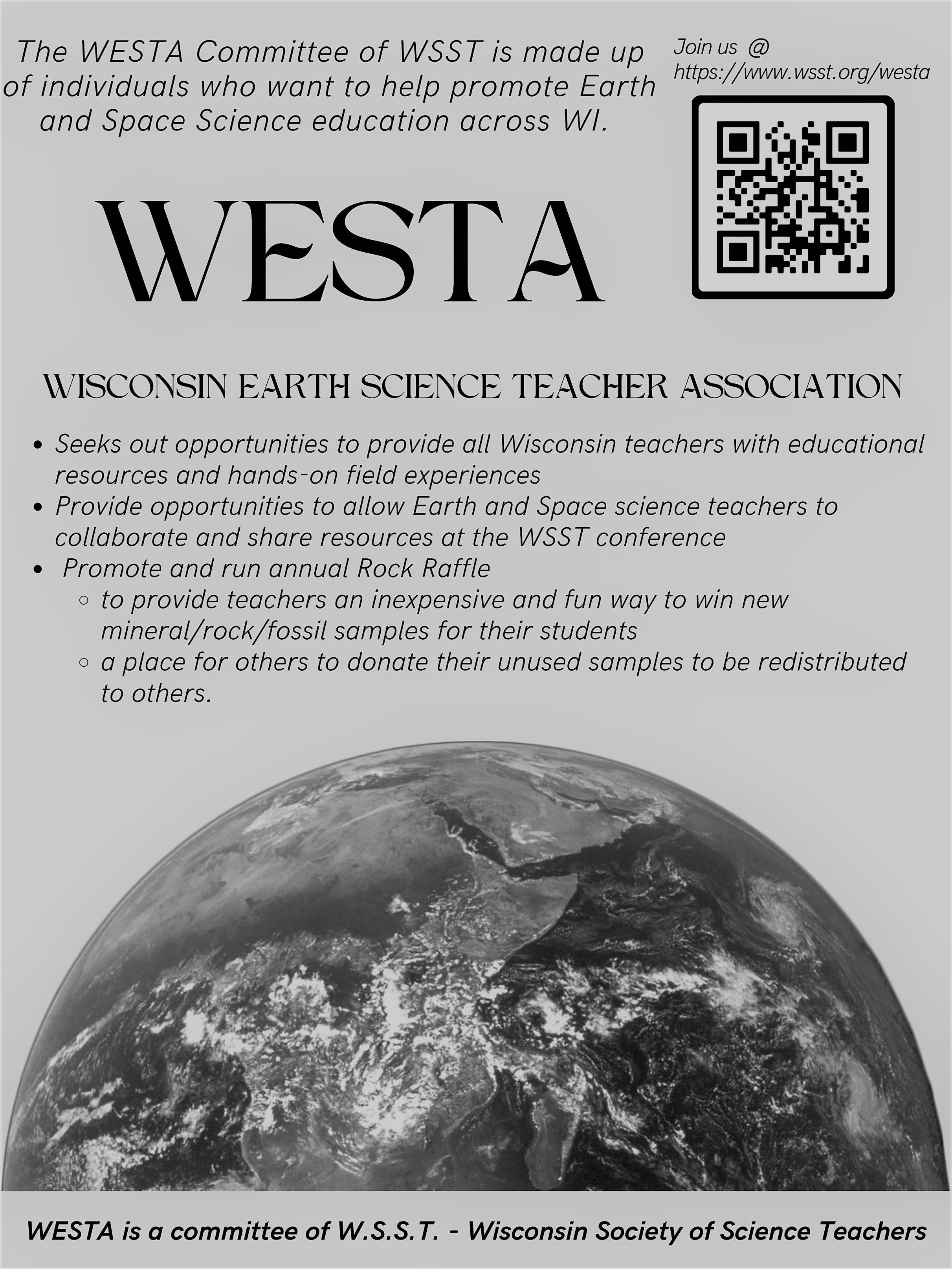
Celebrate “Creatures of the Night” at Fall Fest - a free, fun, and family-event at the Aldo Leopold Nature Center!
When the dusky autumn sky turns from red to gray, “Creatures of the Night” come out to play! Join us at Fall Fest – the Aldo Leopold Nature Center’s annual funfilled night of spooky activities in not-so-scary style. With activities indoors and out, there is plenty of fun for the whole family to enjoy. This event is FREE and features a FREE shuttle from Ahuska Park. Join us to see what ALNC is all about!
LOCATION: Aldo Leopold Nature Center ● 330 Femrite Drive, Monona, WI

TIME AND DATE: Friday, October 6th ● 5:30 to 7:30 p.m.
FEE: This event is FREE and open to the PUBLIC
CONTACT: (608) 221-0404 or www.aldoleopoldnaturecenter.org
LEARN MORE: aldoleopoldnaturecenter.org/event/fall-fest-featuring-festivalfire/
Classrooms and Invasive Species
When ordering live organisms for classroom use, be sure you are not potentially contributing to the introduction and spread of invasive species. Consult the list of regulated species under Wisconsin’s invasive species rule, NR 40. In particular, do not use any live nonnative crayfish (such as red swamp crayfish), which are illegal to possess. Instead, utilize one of Wisconsin’s six native crayfish species. To further limit the risk of an invasive introduction, do not send live organisms home with your students. Invasive species pose significant environmental and economic risk. For example, the DNR spent nearly one million dollars to remove red swamp crayfish from several ponds in southeast
Wisconsin, with those ponds ultimately needing to be filled in. If you have questions or would like additional information, contact Liz Tanner, WDNR Organisms in Trade Coordinator, at Elizabeth.Tanner@Wisconsin.gov or visit dnr.wi.gov, keyword “NR 40”.
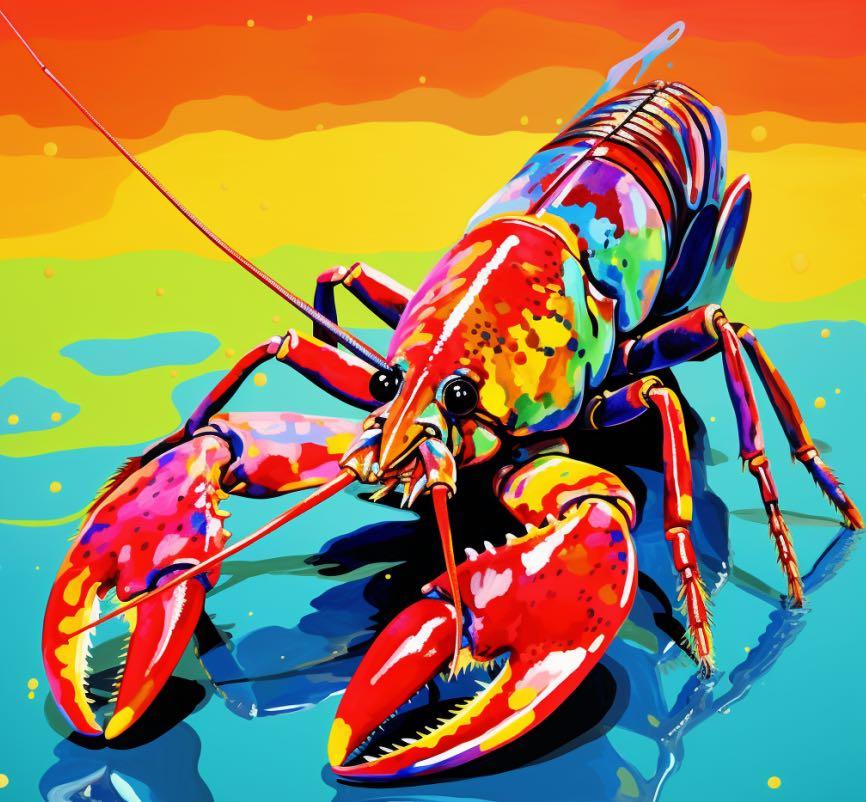
Page 20 Fall WSST Newsletter
Apply Today for a Wheels to Woods Grant
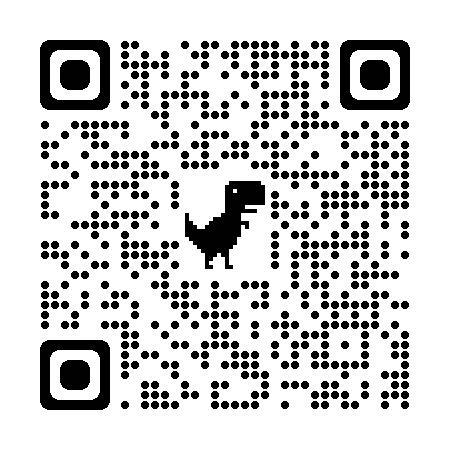
Wheels to Woods (W2W) is a program that provides grants up to $350 to cover transportation costs to and from a forest or forestry industry educational field tour for any Wisconsin K-12 classroom, with priority funding for underrepresented student populations.
Forestry and the forest related workforce have historically lacked diversity. Recognizing that people with diverse experiences and ideas can lead to innovation that can benefit the people and forests of Wisconsin, W2W seeks to inspire a more diverse workforce by offering opportunities for students to learn in and about the forests and forest products of Wisconsin. Underrepresented populations can mean, but are not limited to, people of diverse color, culture, gender, age, and economic status.
Fall/winter grants will fund trips occurring between September 1, 2023, and January 31, 2024. Our goal in offering this funding support is that exposure to the forest and natural environment will foster curiosity surrounding the natural environment and support the communities and professions that work in and around the forest via educational lessons about, and in, the natural environment.
The Wisconsin Society of American Foresters (WI-SAF) Diversity Equity and Inclusion (DEI) Committee, with generous support from the Wisconsin Society of Science Teachers (WSST), has established this grant program to provide opportunities to increase recruitment of a
diverse workforce within the broad realm of forestry. The program is open for application to any Wisconsin school teacher. Visit our website www.wisaf.org/w2w to find the grant application, links to educational resources, and grant timelines. The grant application is always open and review of grant applications for fall/winter trips will consider proposals submitted prior to September 15, 2023. Funding must be approved prior to the trip’s occurrence. Previous awardees are welcome to apply for future grant cycles at least one year after a funded W2W field trip.

Fall WSST Newsletter Page 21
Looking Beyond the Stars
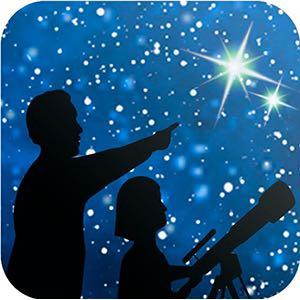 By Brian Kruse
By Brian Kruse
Looking up in awe at the night sky, the stars and planets pop out as bright points against a dark background. All of the stars that we see are nearby, within our own Milky Way Galaxy. And while the amount of stars visible from a dark sky location seems immense, the actual number is measurable only in the thousands. But what lies between the stars and why can’t we see it? Both the Hubble telescope and the James Webb Space Telescope (Webb) have revealed that what appears as a dark background, even in our backyard telescopes, is populated with as many galaxies as there are stars in the Milky Way.
So, why is the night sky dark and not blazing with the light of all those distant galaxies? Much like looking into a dense forest where every line of sight has a tree, every direction we look in the sky has billions of stars with no vacant spots. Many philosophers and astronomers have considered this paradox. However, it has taken the name of Heinrich Wilhelm Olbers, an early 19th century German astronomer. Basically, Olbers Paradox asks why the night sky is dark if the Universe is infinitely old and static –there should be stars everywhere. The observable phenomenon of a dark sky leads us directly into the debate about the very nature of the Universe – is it eternal and static, or is it dynamic and evolving? It was not until the 1960s with the discovery of the Cosmic Microwave Background that the debate was finally
settled, though various lines of evidence for an evolving universe had built up over the previous half century. The equations of Einstein’s General Theory of Relativity suggested a dynamic universe, not eternal and unchanging as previously thought. Edwin Hubble used the cosmic distance ladder discovered by Henrietta Swan Leavitt to show that distant galaxies are moving away from us –and the greater the distance, the faster they’re moving away. Along with other evidence, this lead to the recognition of an evolving Universe. The paradox has since been resolved, now that we understand that the Universe has a finite age and size, with the speed of light having a definite value. Here’s what’s happening – due to the expansion
NASA’s James Webb Space Telescope has produced the deepest and sharpest infrared image of the distant universe to date. Known as Webb’s First Deep Field, this image of galaxy cluster SMACS 0723 is overflowing with detail. This slice of the vast universe is approximately the size of a grain of sand held at arm’s length by someone on the ground. (Image Credit: NASA, ESA, CSA, STScI) https://bit.ly/webbdeep

Page 22 Fall WSST Newsletter
of the Universe, the light from the oldest, most distant galaxies is shifted towards the longer wavelengths of the electromagnetic spectrum. So the farther an object is from us, the redder it appears. The Webb telescope is designed to detect light from distant objects in infrared light, beyond the visible spectrum. Other telescopes detect light at still longer wavelengths, where it is stretched into the radio and microwave portions of the spectrum. The farther back we look, the more things are shifted out of the visible, past the infrared, and all the way into the microwave wavelengths. If our eyes
could see microwaves, we would behold a sky blazing with the light of the hot, young Universe – the Cosmic Microwave Background.
The next time you look up at the stars at night, turn your attention to the darkness between the stars, and ponder how you are seeing the result of a dynamic, evolving Universe. This article is distributed by NASA’s Night Sky Network (NSN). The NSN program supports astronomy clubs across the USA dedicated to astronomy outreach. Visit nightsky.jpl.nasa.gov to find local clubs, events, and more!
The oldest light in the universe, called the cosmic microwave background, as observed by the Planck space telescope is shown in the oval sky map. An artist's concept of Planck is next to the map. The cosmic microwave background was imprinted on the sky when the universe was just 380,000 years old. It shows tiny temperature fluctuations that correspond to regions of slightly different densities, representing the seeds of all future structure: the stars and galaxies of today. (Image credit: ESA and the Planck Collaboration - D. Ducros) https://go.nasa.gov/3qC4G5q

Fall WSST Newsletter Page 23
WSST Newsletter
192 Depot Road
Cambridge, WI 53523
ADDRESS SERVICE REQUESTED
Volume 65, No. 1
Published in Appleton, Wisconsin
Editing & Layout: Brian Bartel
Publisher: Kevin Niemi
DUES EXPIRE ON DATE PRINTED
Submissions to the Newsletter
If you wish to contribute to the WSST Newsletter or place an advertisement, please forward items to Newsletter Editor, Brian Bartel, Morgan Building, 120 East Harris St, Appleton, WI 54911. The preferred method of submission is by e-mail at newsletter@wsst.org. Please send as text or Microsoft Word Document.
For advertising rates, visit www.wsst.org/newsletter
Join us or check your account

Stay informed and get connected with the largest professional society for teachers of science in Wisconsin. Regular Membership in WSST is only $25 per year, Retired teacher annual membership is $15.00, and Student annual membership is $10.00. Visit www.wsst.org/join to join today.
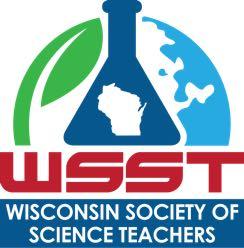
To check on your WSST account, change your address or school, visit www.wsst.org and click on My Account.
WSST Calendar
WSST Winter Board Meeting
Central Wisconsin Environmental Station Amherst
WSST Conference 2024 LaCrosse
November 4
April 18-20
2023-2024 Newsletter Deadlines
Fall: Friday, August 25, 2023
Winter*: Friday, November 17, 2023
Spring*: Friday, January 26, 2024
Summer*: Friday, April 26, 2024
*These will be digital issues only
More WSST Information can be found at www.wsst.org




















 By Zach Pratt, Janesville Parker High School
By Zach Pratt, Janesville Parker High School






 By Brian Kruse
By Brian Kruse



